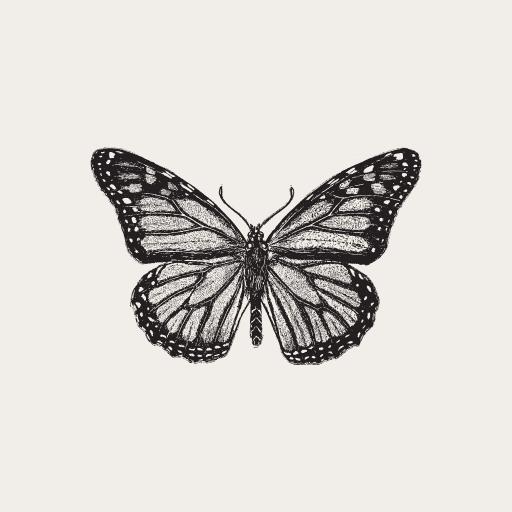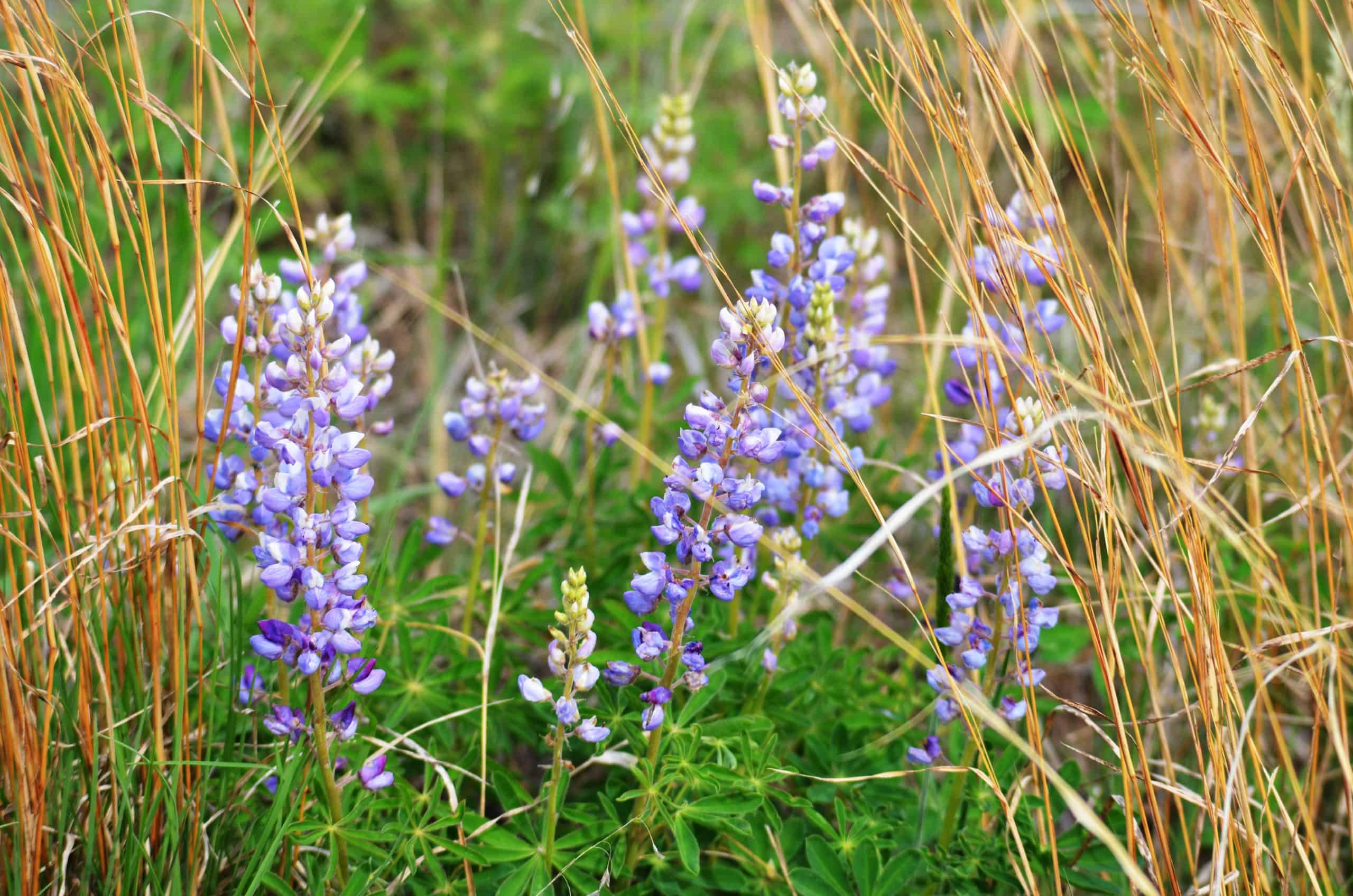Common Misconceptions and the Truth
If you’ve ever thought about planting a native garden or incorporating native plants into your space, you may have heard some things that left you unsure. Common myths about native plants have a way of lingering in the public consciousness, often leading to confusion or hesitation. As someone passionate about both conservation and art, I’ve come to realize that these misconceptions can keep us from embracing the beauty and necessity of native plants. In this article, I’ll debunk some of the most common myths, shedding light on the truth behind these vital plants and why they matter more than ever.
Myth #1: Native Plants Are Too Hard to Grow
You might have heard that native plants are difficult to grow and require more effort than their non-native counterparts. It’s a myth that many people believe, but it couldn’t be further from the truth.
The Reality: Native plants are uniquely suited to thrive in your local soil, climate, and wildlife conditions. They’ve evolved over thousands of years to be in perfect harmony with the ecosystem they belong to. This means they’re typically more resilient and require less maintenance than non-natives. With their deep-root systems, native plants often need less water and fertilizer, making them a perfect choice for low-maintenance gardens.
From a personal perspective, I’ve found that native plants don’t just survive—they flourish. And in return, they help sustain the local ecosystem. For example, planting native wildflowers means not just adding beauty to your yard, but also providing food and habitat for pollinators and insects.
Myth #2: Native Plants Are Boring and Lack Variety
When it comes to aesthetics, some people think that native plants lack the variety and vibrancy of more exotic species. This myth often keeps people from exploring the diverse range of native plants available.
The Reality: In truth, native plants offer an incredible variety of shapes, sizes, colors, and textures. There’s nothing dull about them! From the bold red blooms of the cardinal flower to the delicate petals of native violets, there’s something stunning for every garden.
Native plants are part of the larger story of our landscapes, offering not just beauty but also purpose. By planting them, we’re bringing a piece of our natural heritage back to life. As a visual artist, I’m constantly inspired by the natural world and its ability to evoke emotions and creativity. Native plants, like the native asters and coneflowers, not only add beauty—they also connect us to a deeper sense of place and time.
Myth #3: Non-Native Plants Are Better for Pollinators and Wildlife
One of the most common myths I encounter is the belief that non-native plants are superior when it comes to supporting pollinators and wildlife. Many people assume that anything colorful and exotic will attract bees, butterflies, and birds, but the truth is a little more complex.
The Reality: Native plants are the bedrock of local food webs. They provide the exact resources that native insects, pollinators, and wildlife need to thrive. Local pollinators, like native bees and butterflies, rely on native plants for nectar and pollen. Non-native species, on the other hand, don’t always provide the right sustenance or habitat for our local wildlife.
When I look at a meadow full of native plants, I see more than just a patch of greenery—I see a rich ecosystem working in harmony. This connection between plants, pollinators, and animals is one of the things that makes native plants so valuable in conservation efforts. Every time we choose a native plant, we’re making a choice to support that intricate web of life.
Myth #4: Native Plants Are Just for Wild Areas, Not Gardens
Another misconception is that native plants are only suitable for wild areas or nature reserves, and not for suburban or urban gardens. Many people think they won’t work in a more manicured or cultivated space.
The Reality: Native plants are incredibly versatile and can thrive in any garden. You can integrate them into your backyard, create a native pollinator garden, or even design a whole landscape based on native species.
What excites me most is seeing how native plants work in harmony with the artistic side of landscaping. By blending native species into garden designs, we’re not only enhancing the aesthetic but also contributing to environmental health. It’s an easy way to create something beautiful that gives back to nature. Trust me, a native garden is anything but wild—it’s simply nature’s way of making your space its own.
Myth #5: Native Plants Are Less Resilient to Climate Change
With the growing concerns around climate change, it’s understandable to think that native plants might not be able to cope with the extreme weather patterns we’re experiencing. However, this myth is rooted in misunderstanding.
The Reality: Native plants are often far more resilient to climate extremes than non-native species. These plants have adapted to their local environment over thousands of years and are well-equipped to handle local climate changes, whether that means drought, heavy rainfall, or extreme temperatures.
I’ve seen firsthand how native plants in my garden seem to thrive even under stressful conditions. Their deep root systems and natural resistance to pests and diseases allow them to be more self-sufficient, and that’s something we need to support in our gardens and communities as we look toward a more unpredictable climate future.
Myth #6: All Native Plants Are Invasive or Aggressive
The idea that all native plants are aggressive or invasive is a common misconception, but it’s important to differentiate between aggressive species and invasive ones.
The Reality: Not all native plants are invasive. In fact, the term “invasive” is reserved for non-native species that cause harm to the environment, outcompeting local plants and disrupting ecosystems. Many native plants can spread and become abundant in certain environments, but they don’t harm the ecosystem—rather, they contribute to its balance.
By planting native species, we’re encouraging growth that’s in harmony with the land. Whether it’s a patch of goldenrod or a wildflower meadow, native plants contribute to the ecosystem’s resilience without taking over.
Myth #7: Native Plants Are Expensive and Hard to Find
Many people think that native plants are too expensive or difficult to source, which keeps them from making the switch to more sustainable landscaping.
The Reality: Native plants are becoming more widely available and accessible, and prices are often comparable to or even less than non-native plants. With the rise of native plant nurseries, conservation organizations, and online marketplaces, it’s easier than ever to find the plants that will thrive in your area.
Supporting native plant sales not only provides you with beautiful plants for your garden but also supports the conservation efforts that are working to protect these species. So, the next time you look for plants, consider choosing native varieties—you’ll be supporting the earth, your local wildlife, and your own garden’s health.
Plant Native, Change the World
Debunking these myths is more than just setting the record straight—it’s about realizing how simple, yet powerful, the act of planting native plants can be. Each plant we add to our gardens is a step toward restoring our local ecosystems, supporting pollinators, and creating spaces that are both beautiful and sustainable.
As a conservationist and artist, I’ve come to deeply appreciate how connected we are to the natural world. Every plant we choose to nurture, every garden we create, is an opportunity to make a difference. Let’s stop holding on to misconceptions and start embracing the truth about native plants—because when we do, we’re not just changing our gardens; we’re changing the world around us.
Frequently Asked Questions About Native Plants
Native plants are adapted to the local environment, supporting the local wildlife, and helping maintain ecological balance. They provide food and shelter for native pollinators like bees and butterflies and often require less water, fertilizers, and maintenance than non-native plants.
No, native plants are generally easier to grow because they’re already adapted to the local soil, climate, and ecosystem. Their deep root systems make them more resilient to drought and pests, meaning less effort on your part!
Absolutely! Native plants come in a wide range of shapes, colors, and textures. Whether you’re looking for vibrant wildflowers or lush greenery, there’s a native plant to fit every aesthetic preference and garden style.
Yes! Native plants are incredibly versatile and can thrive in a variety of environments, from small city gardens to larger suburban yards. Integrating them into your garden can enhance the beauty and support local ecosystems.
Native plants provide the exact nutrients and habitats that local pollinators like bees, butterflies, and birds need. They play a crucial role in restoring ecosystems by sustaining these creatures, which are essential for healthy environments.
Yes, native plants are typically more resilient to climate extremes, as they’ve evolved to thrive in the specific conditions of their region. Their ability to withstand droughts, heavy rainfall, and temperature shifts makes them a great choice for adapting to a changing climate.
No, not all native plants are invasive. Invasive plants are non-native species that harm the local ecosystem by outcompeting native plants. Native plants, however, are part of the ecosystem’s natural balance and don’t disrupt the environment.
Native plants are becoming more widely available, and in many cases, they’re just as affordable as non-native species. Local nurseries, conservation groups, and online markets are great places to find them.
Start by researching the native plants that grow in your area and choose a few to introduce to your garden. You can reduce lawn space, add birdhouses or native shrubs, and avoid pesticides to create a space that supports local wildlife.
Absolutely! By planting native species, you contribute to restoring habitats, supporting pollinators, and protecting local ecosystems. Small changes in your garden can have a big impact on the world around you.

